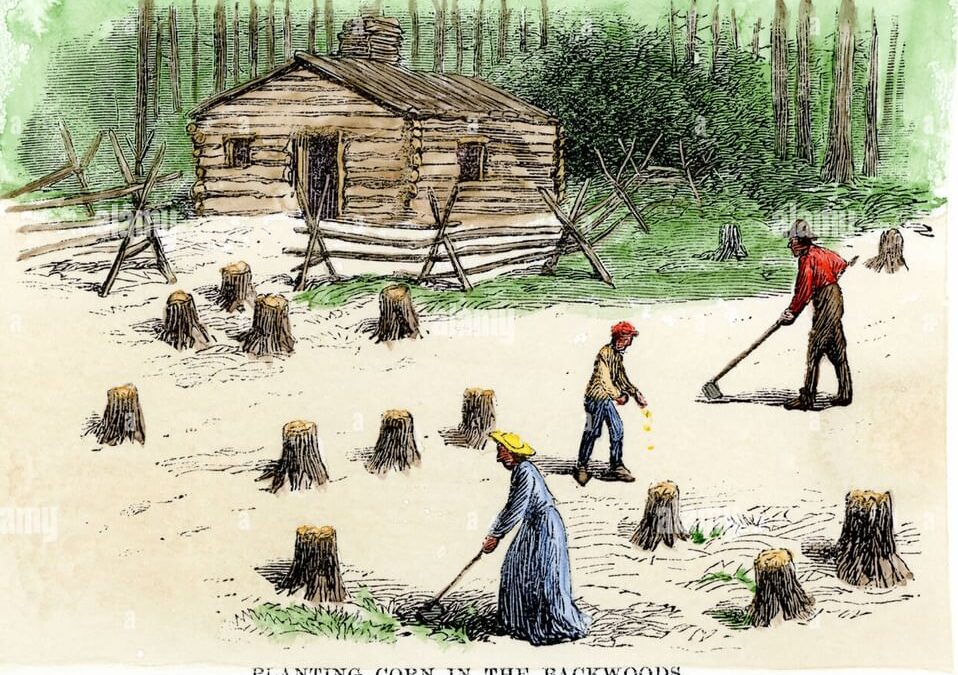The stories of the men who first settled Tennessee are well known: James Robertson, Davy Crockett, and more. But what about the women who came with them?
Lydia Kilgore’s husband, Thomas, was the first European to settle in Tennessee. In 1778, he had left Lydia and their children (against her wishes) to claim 640 acres of land awarded by the State of North Carolina. He stayed long enough to raise a small crop of corn near the Red River, hiding out in a cave to avoid run-ins with the Native Americans who called the area home. When he returned to Lydia with dreams of a better, bigger future in a new home… she wasn’t having it.
Moving their entire family into the wilderness was a terrifying prospect. Lydia would be responsible for feeding her family with what they could grow, catch, and kill themselves, as well as rationing any supplies they would be able to secure from nearby towns. Clothes would need to be patched again and again, as any new items would need to be made by hand. Sickness would need to be treated with home remedies, and childbirth would occur far away from any doctors or midwives. It’s no surprise that when Thomas arrived home, Lydia threw his hat out the front door- a sure sign of disagreement between husband and wife. It took three more tosses, but Lydia finally agreed to follow him to what is now Tennessee.
Lydia was hard-working, courageous, and capable. She was a mother to between four and ten children and knew how to handle firearms to protect her family from the dangers that lurked in the Tennessee woods. Her and Thomas arrived in Cross Plains in 1779 with a few other families where they built a fort christened Kilgore Station, which became a focal point for immigrating into Tennessee and Robertson County.
Although history often remembers the men, the women who helped settle Robertson County (and beyond) are equally as worthy of recognition- women like Lydia.

